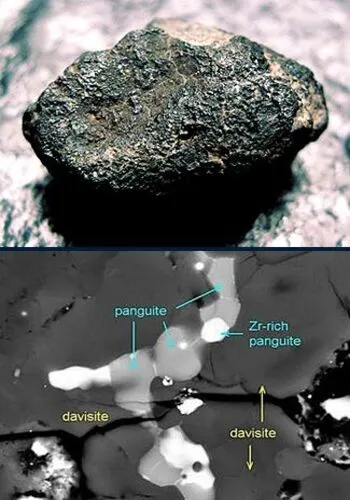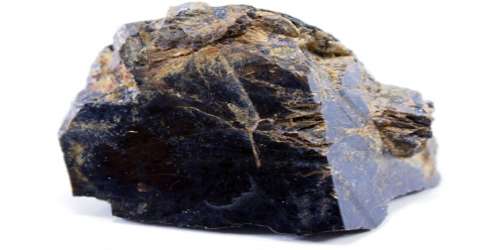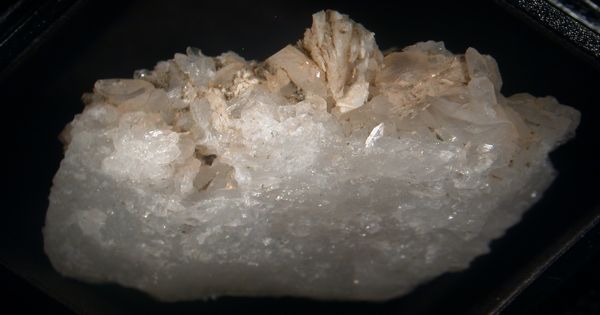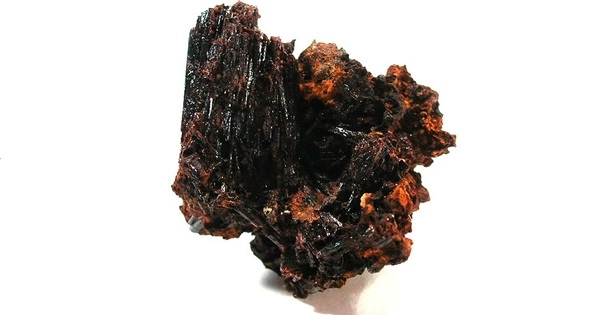Panguite is a type of titanium oxide mineral that was discovered as an inclusion in the Allende meteorite in 2012 and was first described. The previously unknown meteorite mineral was named after the ancient Chinese god Pan Gu, who created the world by separating yin (earth) from yang (sky).
Panguite is thought to be one of the oldest minerals in the solar system, dating back approximately 4.5 billion years. Panguite is a refractory mineral that could have formed only in the extreme temperatures and conditions of the early solar system.
General Information
- Category: Oxide mineral
- Formula: (repeating unit) (Ti4+,Sc,Al,Mg,Zr,Ca)1.8O3
- Crystal system: Orthorhombic
- Crystal class: Dipyramidal (mmm)
Properties
- Crystal habit: Microscopic inclusion
- Specific gravity: 3.746 (calculated)
- Transparency: Opaque
- Density: 3.746 g/cm3 (Calculated)

Composition
The mineral’s chemical formula is (Ti4+,Sc,Al,Mg,Zr,Ca)1.8O3. The elements found in it are titanium, scandium, aluminium, magnesium, zirconium, calcium, and oxygen. Samples from the meteorite include some which are zirconium rich. The mineral was found in conjunction with the already identified mineral davisite, within an olivine aggregate.
Origin and properties
Panguite is a refractory mineral that formed up to 4.5 billion years ago under the high temperatures and extremely varied pressures of the early Solar System. As a result, panguite is one of the Solar System’s oldest minerals. Zirconium is an important element in determining the conditions that existed before and during the formation of the Solar System.
Panguite is a refractory mineral that formed under extreme heat and pressure during our Solar System’s early development. Named after Pan Gu, a Giant from Chinese mythology who is said to have created the Earth and sky by separating Yin and Yang.
Discovery
Chi Ma, director of the Geological and Planetary Sciences division’s Analytical Facility at the California Institute of Technology, was the lead author of the first peer-reviewed article, which was published in American Mineralogist. Ma has been leading a nano mineralogy investigation of primitive meteorites, including the well-studied Allende meteorite, since 2007. The mineral was first described in a paper presented at the 42nd annual Lunar and Planetary Science Conference in 2011.
The panguite was observed by the scientists using a scanning electron microscope within an ultra-refractory inclusion embedded within the meteorite. Inclusions are minerals that become trapped inside meteorites as they form. The ultra-refractory type includes minerals that can resist high temperatures and other conditions in extreme environments, such as those thought to exist as our solar system was forming.
















